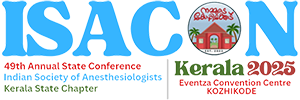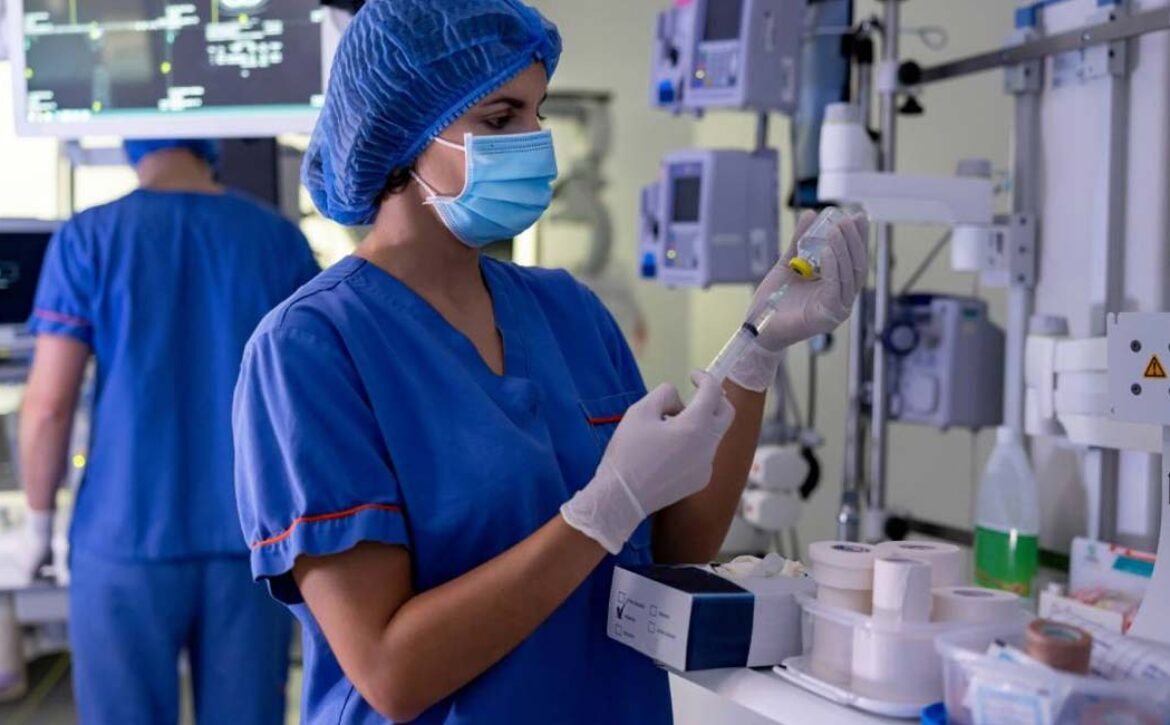How AI is reshaping the anesthesia workforce
Many anesthesia professionals will likely recall the rise and fall of the Sedasys platform. Touted as a revolutionary advancement that would one day put anesthesiologists and nurse anesthetists “out of work,” the Sedasys computerized propofol-infusion platform predictably generated a fierce response from anesthesia professional societies who deemed it dangerous, off-label, and fraught with medicolegal liability. Sedasys received FDA approval in 2013, but by 2016 Ethicon had shuttered the offering, citing poor sales and interest that never met expectations. One could argue that Ethicon’s aggressive marketing of Sedasys as a replacement for anesthesia professionals and the equally strong response from the medical community contributed to its demise.
Today, the artificial intelligence (AI) boom has reinvigorated technological exploration in the perioperative space. Patient monitoring platforms now don’t simply observe patients. AI-driven analytics allow these platforms to predict emergent clinical scenarios before they occur. Edwards Life Science’s hypotension prediction index (HPI), for example, was recently found to have excellent utility in accurately predicting intraoperative hypotensive events. Others have noted that anesthesia professionals must still adhere to established treatment protocols to avoid actual IOH events, emphasizing the ongoing need for clinician vigilance. To its credit, Edwards offers robust clinical education and clinician support in its suite of services surrounding HPI technology. Further, marketing material for HPI directly states that the technology “helps clinicians treat hemodynamic instability” and makes no mention of replacing clinicians.
Also of note is the ongoing research into closed-loop infusion systems in anesthesia care delivery, with a primary focus on the administration of sedative/hypnotics, opioids, neuromuscular blockers, vasoactive medications, and intravenous fluids. Closed-loop systems can be seen as an extra set of eyes and ears in the operating room and have been shown to reduce error, decrease workload, and enhance compliance with established protocols. Studies have noted that no closed-loop system has yet mastered the distinctly human traits of empathy and situational awareness, emphasizing the need for capable and highly skilled anesthesia professionals.
While the sentiment from the clinical and research perspective is that emerging technology will enhance the care that clinicians offer patients, freeing up our hands, eyes, and brains to better see the full clinical picture and make better decisions, other players in the hospital ecosystem may view technology differently. It is no secret that workforce shortages in anesthesia are significant and that supply/demand imbalance is driving up the cost of anesthesia care. A recent article pointed out the drastic escalations in anesthesia subsidy support from hospitals and concluded that substantial hospital financial support for anesthesia services would likely remain the norm for the foreseeable future, given existing market dynamics. From the hospital perspective, however, decreasing profitability is driving chief financial officers to consider new “operating margin transformation levers,” with the main lever for cost reduction being the creation of “an efficient workforce.” Specifically, one CFO noted that emerging technologies like generative AI can be valuable in “workforce management strategies” that lead to substantial cost savings. No further explanation into the tactics of workforce management through AI technology deployment is given.
Finally, it is worth noting that Edwards Critical Care division was recently acquired by global medical technology leader Becton, Dickinson, and Company (BD) for $4.2 billion. Included in the transaction are Edwards’ technologies, including its “AI-based predictive and prescriptive algorithms.” Interestingly, BD is also the parent company and owner of Alaris, maker of the popular and widely used Alaris infusion pumps. This means that pending transaction approval, BD will house under its umbrella AI-based predictive and prescriptive monitors and the infusion pumps to deliver those prescriptive interventions. One can envision a future where closed-loop infusion systems are coupled with AI-driven predictive monitors to manage a patient’s hemodynamics in the OR with little human intervention in the same way that a thermostat controls the temperature in our homes and offices. When combined with closed-loop infusion platforms paired with predictive quantitative twitch monitors and depth of sedation processed EEG monitors, one could begin to envision an integrated anesthesia management system that autonomously handles many of the tasks currently delegated to the already strained anesthesia workforce.
What will this mean for the anesthesia workforce of the future? Many will dismiss the possibility that emerging technology could lead to the displacement of anesthesia professionals as a conspiracy theory. The point of this commentary is not to generate doomsday scenarios or to induce panic in the anesthesia workforce. Rather, we offer that this knowledge of current emerging technology can be used to generate what strategic management scholar Rita McGrath terms “time zero events.” Weak signals of an impending shift toward a future reality (time zero), when detected early, can inform strategic management decisions today. For example, if anesthesia professionals were to be displaced by technology in 2040, what early warning signs would be evident today? What conditions would be occurring on the periphery, perhaps under the radar and away from our day-to-day operations? By considering these early warning signs, McGrath offers that organizations can begin to make little bets to test assumptions and to quickly prove or disprove theories in an iterative process she calls “discovery-driven planning.” For anesthesia professionals, the opportunity exists to lead with technology by making little bets to test assumptions on adapting predictive AI-driven improvements to deliver better outcomes, improved quality of life, and reduced cost.
Discovery-driven planning allows visionary leaders to identify outcomes that are becoming more or less likely, effectively strengthening the signal while decreasing the noise to predict future events more accurately. The core opportunity for anesthesia professionals is the ability to adapt to the surety of change. With discovery-driven planning as our guide, perhaps the human intelligence of perioperative leaders will soon give artificial intelligence’s ability to see the future a run for its money.



